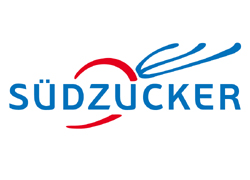The German Mittelstand

The banks are reaching out in an attempt to win over the German Mittelstand.
A recent survey carried out by the ifo Institute shows that access to credit for this sector of the German economy has never been quite so easy. The effect of the Basel III European directive, once greatly feared for its obligation on the banks to increase their capital deposit in order to enhance their lending capability, is proving to be much milder than originally thought. By and large, the cost of money is still reasonable, and the door is kept open for the Mittelstand.
This state of affairs is due in part to manoeuvring by the commission and in part due to the appeal of German Mittelstand itself, and its rate of growth, outdoing every other economic category in Europe and now a major factor in the banking business. Five years after the Lehman debacle, the credit crisis seems to be behind us. The low rate of interest on the capital market means that banks are increasingly seeking higher returns for reinvesting their clients’ money. In terms of low risk and generosity of margin, the German Mittelstand is tried and tested, and is virtually unrivalled.
Beyond national boundaries, though, the situation is less florid. In Spain, for example, small and medium-sized companies are in serious difficulty, suffocated by interest rates much higher than in Germany. This may in part stem from a lower solvibility than their German counterparts, but with little or no investment to foster growth, small and medium-sized companies are finding it virtually impossible to achieve strength and stability.
Resorting to bank loans is still an economically worthwhile means of obtaining capital in Germany. It is to be hoped that while continuing to resort to capital from third parties, medium-sized companies begin to re-embrace the idea of self capitalization. Stock market flotation of healthy companies has become something of a rarity lately. Investors, though are ready and waiting.















